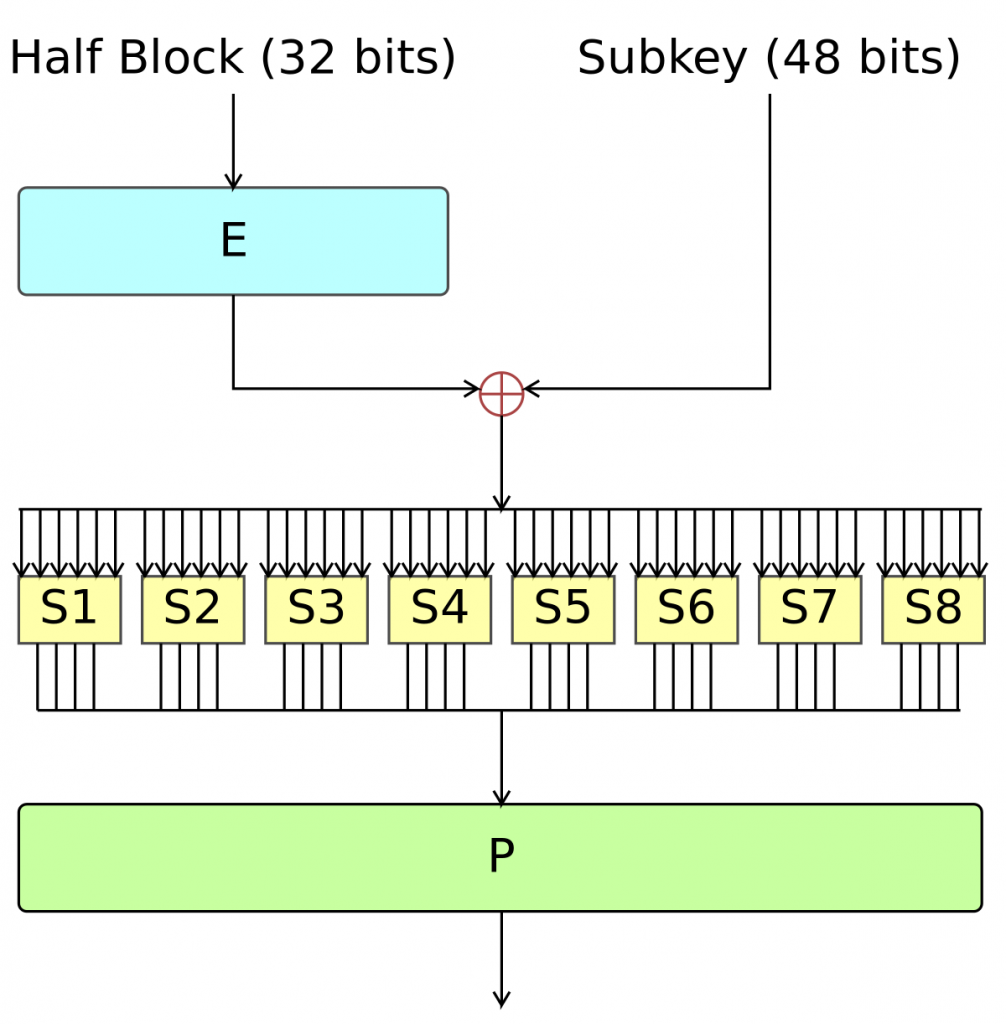Definition of Data Encryption Standard in the Network Encyclopedia.
What is Data Encryption Standard?
Data Encryption Standard, best known as DES, is a U.S. government standard for encrypting information. In 1972, the National Bureau of Standards called for proposals for an encryption standard. IBM responded with an algorithm called Lucifer, which was accepted, renamed Data Encryption Algorithm (DEA), and then further developed by the National Security Agency (NSA) and the National Bureau of Standards.

In 1977, DEA was adopted as the Data Encryption Standard (DES). It is now the official encryption standard of the Department of Defense. DES is the name of the Federal Information Processing Standard FIPS 46-1, which explains the operation of the Data Encryption Algorithm.
How it works
DES is a symmetric encryption scheme in which both the sender and the receiver need to know the secret key in order to communicate securely. DES is based on a 56-bit key (actually a 64-bit key with 8 parity bits stripped off) that allows for approximately 7.2 x 1016 possible keys. When a message is to be encrypted using DES, one of the available keys is chosen and applied in 16 rounds of permutations and substitutions to each 64-bit block of data in the message.
The large number of keys makes DES fairly secure, but in 1997 a DES key was cracked using the idle processing cycles of 14,000 computers cooperating over the Internet.
A more secure variant of DES, Triple DES, encrypts each message using three different 56-bit keys in succession. Triple DES thus extends the DES key to 168 bits in length.
AES replaced DES
The U.S. government controls the export of encryption standards and technology. A new encryption standard called Advanced Encryption Standard (AES) is now in use and replaced DES because DES is no longer considered secure enough for some government purposes.
See also:
- Encryption
- Encryption Algorithm